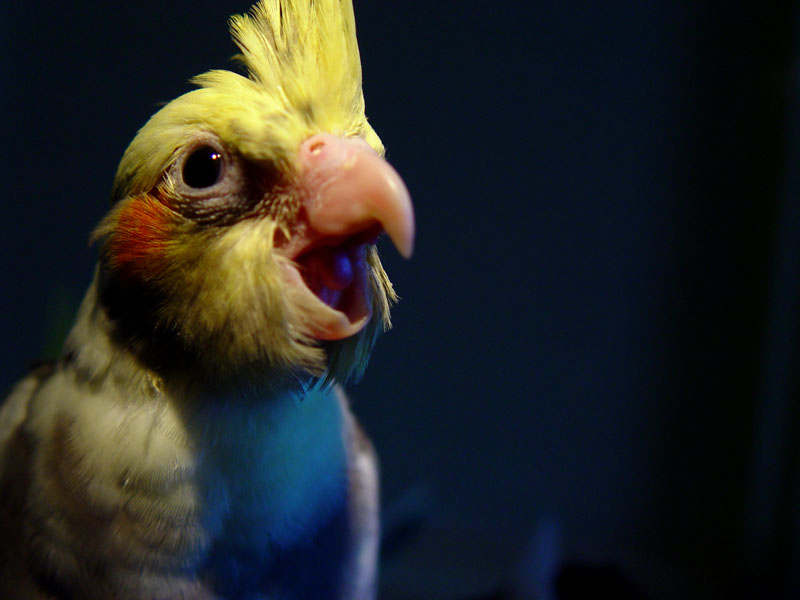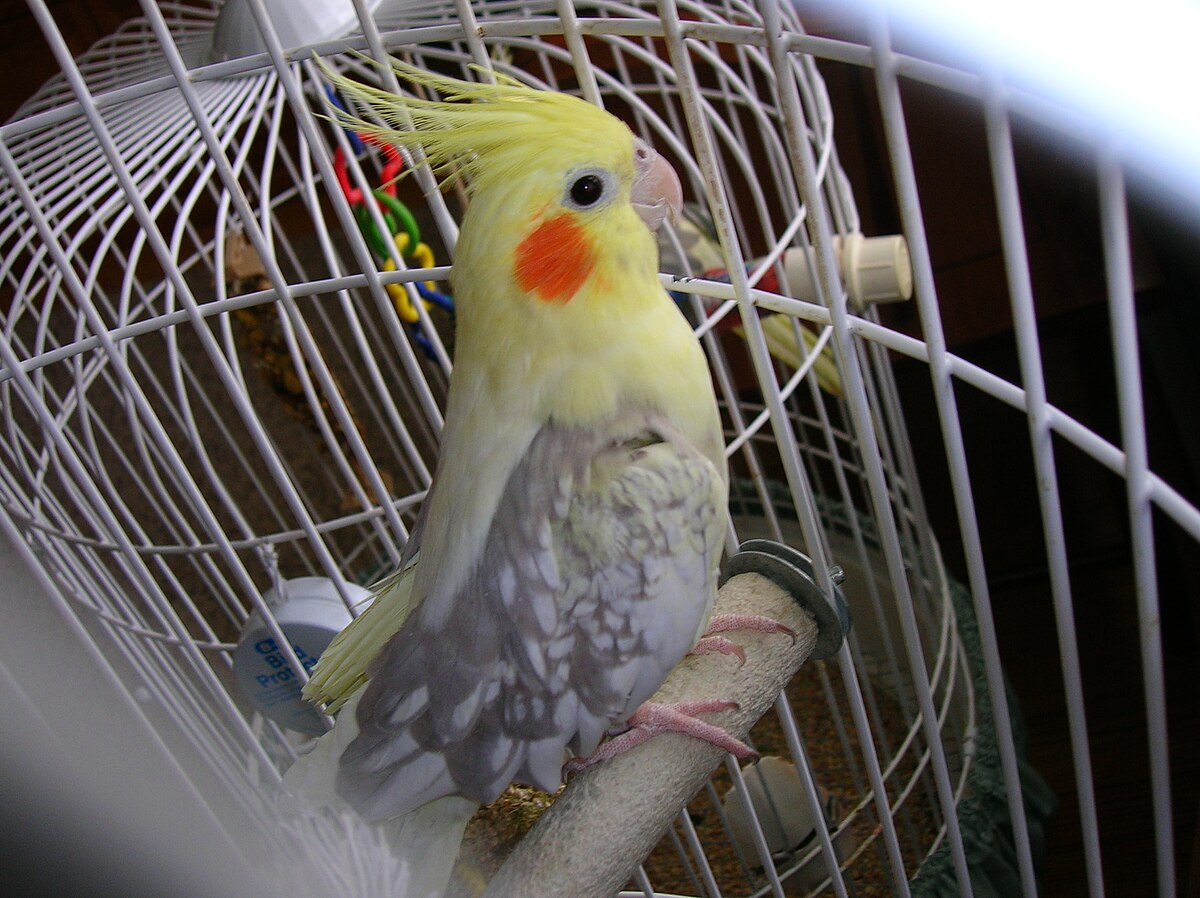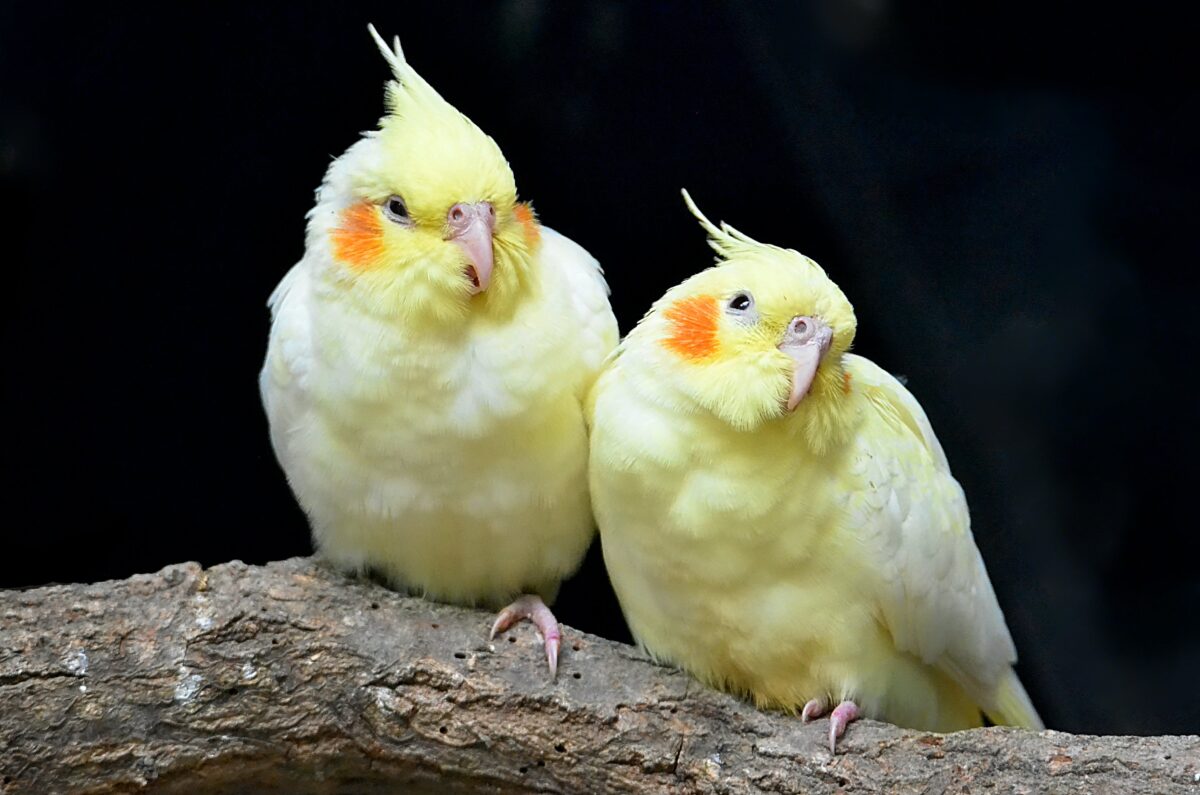All of us at some point have been fascinated by the lively, friendly nature of cockatiels. These little-feathered creatures are not just adorable but easy to care for as well. The fun part is, with a bit of patience and the right techniques, your feathery friends can learn new tricks and break bad habits. Interested in knowing how? Here’s everything you need to know about training cockatiels!
Breaking the Ice: The Basics of Training Cockatiels

Training animals can often feel daunting, but our feathered friends, the cockatiels, are usually agreeable pets. To build an effective training ground, a humane approach based on positive reinforcement works best. Reward your bird when it behaves exactly as you’d like. Gradually, this method helps your pet associate good behavior with treats or rewards. Over time, it can help discourage unwanted habits.
Consistency Is Key
Consistency is the magic word when it comes to cockatiel training. Stick to your method of positively encouraging the behaviors you appreciate, and make sure not to waver. Your steadfastness helps your bird learn and understand better—making the whole process smoother.
Addressing the Elephant in the Room: The Art of Stopping the Screech

Loud squawking or screaming could be frustrating when you’re sharing your space with a bird – and cockatiels are no exception. But fear not! You can get their screech under control – here’s how:
- Ignore their squawk: Cockatiels may screech for attention. So, instead of responding, turn a blind eye. As you continue this practice, they’ll learn that screeching won’t get them any attention.
- Reinforce silence: Remember our magic word, ‘consistency’? Yes, that’s crucial here as well. Never lose sight of your positive reinforcement strategy. Reward your feathered friend when they are quiet, and you’ll observe a gradual decrease in the squawking over time.
Handling Nudges: How to Stop Nipping in Cockatiels

In the wild, nipping could be a sign of asserting dominance or communicating discontent. Cockatiels might adopt the same method to convey a message—like they aren’t ready for cage time. But we have a strategy for this too.
- Don’t succumb to their will: Try ignoring the nips and continue with what you’re doing. This refusal to give in to their behavior will teach them that nipping won’t get them anywhere.
- Keep up the good work: Remember to offer a treat only when your pet stops nipping, maintaining your positive reinforcement approach.
Remember, training cockatiels require time and patience—you won’t see changes overnight. But, your efforts will pay off in the end, resulting in well-mannered cockatiels!
Related Resources: